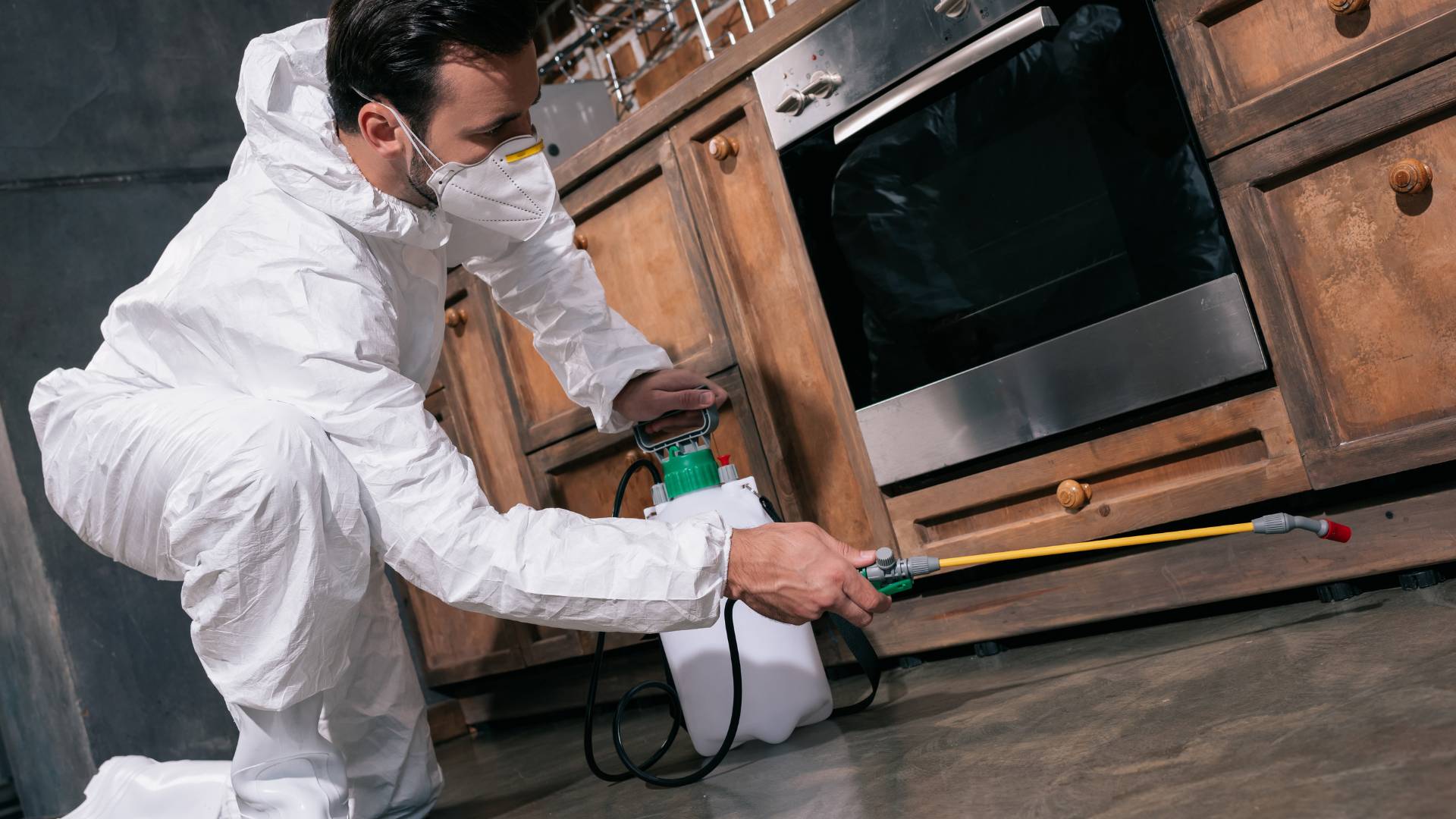
Safe Pest Control for Wildlife Rehabilitation Centers
admin
- 0
Wildlife rehabilitation centers play a vital role in rescuing and caring for injured or orphaned wild animals. These centers provide a safe haven for these animals to heal and are often the first step towards their release back into the wild. However, these centers also face challenges when it comes to pest control.
Pests such as mice, rats, cockroaches, and other insects can pose a threat to the health and well-being of both the rehabilitated animals and the staff at these centers. They can spread diseases, damage property, and contaminate food sources. Traditional pest control methods like using chemical pesticides can be harmful to these animals and go against the mission of wildlife rehabilitation centers. So what is the solution?
Thankfully, there are safe pest control options available that are suitable for wildlife rehabilitation centers. These methods not only protect against pests but also maintain a healthy environment for both humans and animals.
One effective approach is Integrated Pest Management (IPM). IPM is an eco-friendly approach that focuses on prevention rather than just eradication. It involves identifying potential pest hotspots around the center, implementing preventive measures such as sealing off entry points or removing food sources for pests. This method also uses natural predators https://www.fyple.biz/company/safe-pest-control-pty-ltd-9lvbnfn/ like birds or beneficial insects instead of chemical pesticides.
Another essential aspect of safe pest control in wildlife rehabilitation centers is proper sanitation practices. A clean environment will not only prevent pests from finding shelter but will also decrease food sources they rely on for survival.
Proper storage is crucial in preventing pests from entering areas where animal food is kept; storing it correctly will prevent contamination by rodents who could spread disease among rehabilitating animals.
Regular inspections are another critical factor when it comes to controlling pests safely in wildlife rehabilitation facilities. Early detection allows staff members to address any potential issues before they become bigger problems.
When traditional pest control methods do need to be used in extreme cases, it’s important that they are performed by trained professionals who are knowledgeable about the rehabilitation center’s environment. They should use targeted and site-specific treatments that avoid contact with animals and minimize any potential risks.
The staff at wildlife rehabilitation centers must also educate themselves on the safe handling of chemicals, protective gear, and proper disposal methods to ensure the safety of both humans and animals.
In addition to these measures, having a well-maintained landscape around the center can also deter pests from overtaking the area. Regularly trimming trees and shrubs, eliminating standing water sources, and keeping lawn debris to a minimum can all help reduce pest populations.
In conclusion, safe pest control in wildlife rehabilitation centers is crucial for maintaining a healthy environment for both rescued animals and staff members. By implementing preventative measures like IPM tactics, practicing good sanitation habits, conducting regular inspections, seeking professional help when necessary,,and properly maintaining the outdoor landscape of these facilities; we can effectively control pests without compromising our mission to protect wild animal welfare. So let’s work together to ensure these centers remain safe havens for injured or orphaned wildlife.


